
When you’re working on a website to make it ideal for the nature of your business. There are millions of scenarios where it can either gets wrong or right. Considering these million thoughts can definitely lead you astray and trust me, it is totally understandable. There are situations when you want to have all of it and sometimes you want to dump everything. So, these are normal and natural occurring cases, you should not worry because of them. Instead of that, you should try to overcome these drawbacks with robust tactics.
The real question here is how. How are you going to do that? How are you planning to achieve that? What components your plans consist of? How will you execute the plan? How will you handle the outcome?
In this article, I will avail you with 7 awesome tips in order to make your WordPress site user-friendly. Creating a WordPress website is just a single aspect. There are more than it appears. Let’s not just jump into the tips part. In order to understand the real solution, you have to go through some rudimentary stats.
Stats for WordPress Website
Speed is all that matters to a user. Yes, you heard it. As a user, when you visit a website, the first thing you watch is page loading speed. If the Homepage of the website takes even just a single second extra, the result can end up in your user clicking the red “X” mark in no time. I have seen and heard by designers that, website design makes the first impression. I say, NO! The first impression is your page loading speed.
And this speed really matters. No matter how your design is, how your content is. If your website is not fast, your website is nothing at all. No visitor will waste even a single second of his time waiting for your website to load its content.
A study reveals that 40% of users leave your website if it takes more than 3 seconds to load. This also has a negative impact on your site’s SEO and performance. The biggest impact is the decreased conversion rate of your website which is a valuable asset of your business. With the reference of Kissmetrics blog’s study, every second delay in loading your website drops your site traffic by 11% and conversion rate drop by 7%. So, the bottom line is if one second of delay can have such adverse effect, think how lethal it can be if your website is throughout slow. This can simply out your business plans in jeopardy. So, it is important to keep your WordPress website user-friendly and fast enough to gain conversion rates.
Why your website is slow?

There can be many reasons for a slow website. If I try to give you a complete list I might create an endless list. However, chief reasons are fewer than that and definitely, I am going to provide you all of that. The list is given below,
- Poor quality web hosting.
- No Dedicated Hosting.
- Improper Content Delivery Network.
- Too Heavy Images.
- No cache plugin.
- Too many plugin’s usages.
Apart from speed, there are other factors as well which causes some serious troubles for the users such as navigation, presentation of content, broken links, and many other. All these factors have some serious impact on the user engagement.
7 Tips to make your WordPress Site user-friendly
The solution is to optimize your WordPress site to make improvements in your site’s conversion rates, page views and decrease the bounce rate. Let’s have a closer look at the solutions to this grave problem.
Good Hosting Plan
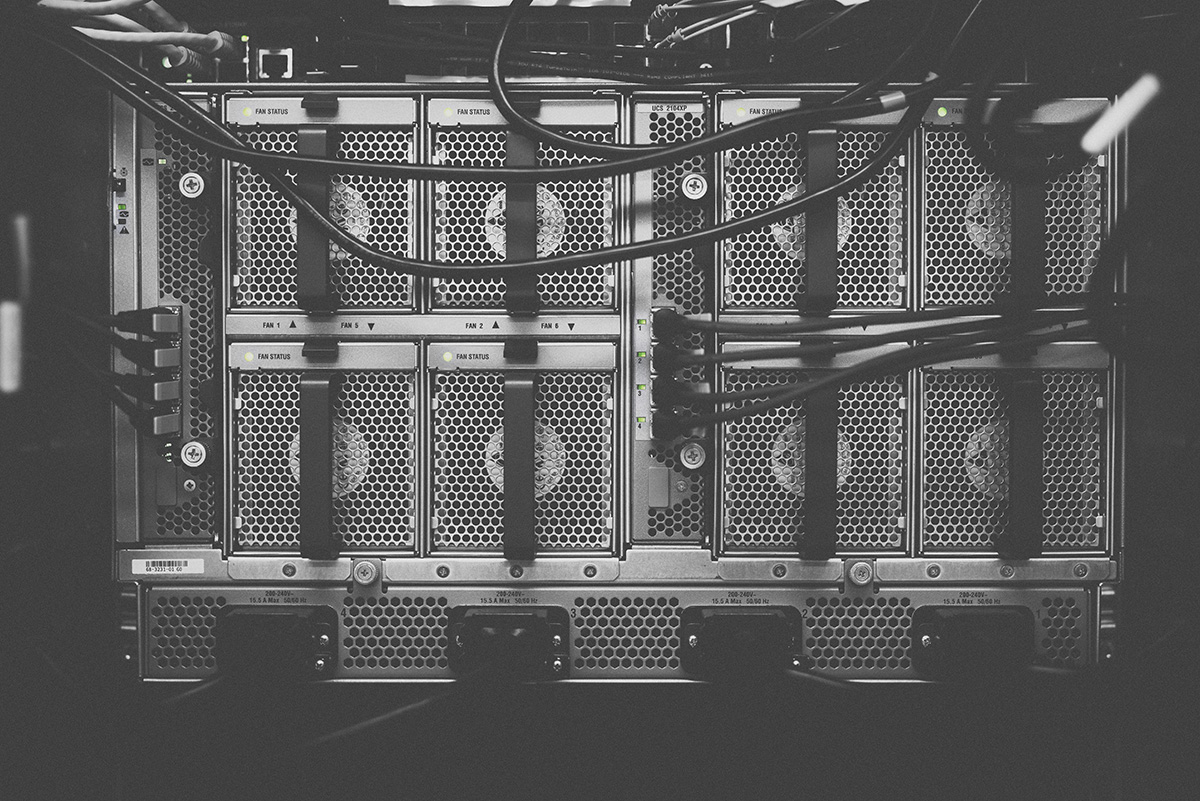
There is a pivotal role of hosting plan in the speed of your WordPress site. It is always considered as an excellent idea to opt for the website on a shared hosting provider which offers “unlimited” bandwidth, domain space, emails and etc. It is in a common knowledge that shared hosting service always offers decent loading time even during peak hours. Now, a flip point, a shared hosting plan does not perform well as it gives you the most shared server space with numerous other websites. In addition to that, shared hosting also has low Random Access Memory (RAM) and CPU throttling. So, my advice will always choose your hosting plan in accordance to your needs and requirements.
Opting for free WordPress hosting server can cost you nothing direct but it can be very expensive indirectly to your business. If you have a heavy CMS (Content Management System) or an E-Commerce Website or if you’re expecting high traffic volume then I recommend not to choose a shared hosting plan. There are many options in hosting services such as shared hosting plans, Virtual Private Server (VPS), managed WordPress hosting plans and dedicated hosting plans. So, as you see there are options to maintain speed, all you have to do is identify and choose.
Minify JavaScript and CSS files
If by any chance you’re using “Google Pagespeed Insights tool”, then you must receive a notification about impairing your CSS and JS files. So, by reducing the number of CSS and JS files, you can easily increase your website loading speed.
Two Ways of Compressing:
- Compression/Gzipping– With this method you can decrease an image size from 200KB to 40KB. You can just simply enable the compression at the server, all your visitors will have great experience of your site.
- Minification– You can also minify the JS and CSS codes by removing comments in the codes and reducing the hex code length.
My recommendation is to do both, minification and compression as well to get the best result. You can also go for plugins in order to do that, There are many plugins such as Autoptimize and WP Minify.
Cache Plugins
A caching plugin in a WordPress website ensures storing of the components of your website. This implies as the components will be loaded once, not every time a user opens your website. This ensures the increase in the speed of page loading of your WordPress website.
When you install a cache plugin, it makes sure that a static HTML version of your website is published and stored in your visitor’s server. Hence it is considered to be a robust solution to significantly decrease page load time of your site. Some of the caching plugins are W3 Total Cache, WP Super Cache, and WP Fastest Cache. There are many of the plugins, so if you have another plugin in mind that’s OK.
Faster WordPress Theme

WordPress offers loads of themes that are free and premium. Remember one important thing, your theme mustn’t depend on images. There are themes which are entirely depended on images which add additional weight on your page which make the site slower to load.
Other dynamic elements such as sliders, widgets and social icons are appealing yet they are also responsible for slowing down of the website. Choose a theme which is well optimized for all devices i.e., mobile, tablet and desktop. The best choice will always be Search Engine friendly, Simple and Minimalist Theme.
Scannable Text
I mentioned this point as this is one of the most important points which often most of the designer sometimes ignores. And later, this became the biggest downfall of your WordPress website.
Content is king. I do not have any second thought about it. However, providing your visitor a lot at once is not a good idea. And if it is the requirement of the topic/niche, then still at least not in the dense block. Your text needs to be scannable.
In order to do that, you have to make sure that your content is in short paragraphs, loads of subheadings and bullet lists and use of images.
Use a Content Delivery Network
You know that your website is in a global network hosted by a data center somewhere in the Earth. And it is highly likely to be your visitors all across the globe. Now, if one of your visitors is very far from you, due to long distance, the website takes longer to load.
A Content Delivery Network is a group of server spread across the globe. A CDN cache the website along with the image, JS, and CSS component. Whenever a visitor near the location of the CDN server opens your website, the already loaded JS, CSS and images will be displayed and hence page loading in such cases can be optimized. There are many CDN plugins in WordPress such as MaxCDN, CloudFront and Amazon are some of the most popular CDN plugins.
Image Optimization
Images are one of the biggest reason in slowing down of a WordPress site. Yet, images are very crucial. In order to speed up your WordPress site without compromising any of the looks and feels, you should optimize the images before uploading. If you’re optimizing images then there is no need to reduce images as it makes your site boring and monotonous.
You should optimize images by,
- Changing Image Resolution
- Image cropping
- Image Compression
- Decreasing color depth
- Deleting the image comments
- Always remember, prefer JPEG over PNG
- Always avoid using BMOs and TIFFs.
Conclusion
WordPress as a CMS offers so many facilities to customize your website, which in return makes the website heavy to load. Such heavy website will be harder to load and hence, take longer time duration. In order to keep user-friendly in mind, there are many things which you either have to skip or remove.
So, using these tactics will not just bring you speed but also good SEO rankings and increase your rate of conversion. So, start practicing these steps and start engaging with your visitors in a way that pleases them.

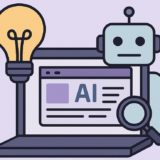
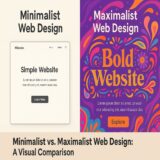



 6 Must-Follow SEO Tips For Every WordPress Photoblogger
6 Must-Follow SEO Tips For Every WordPress Photoblogger 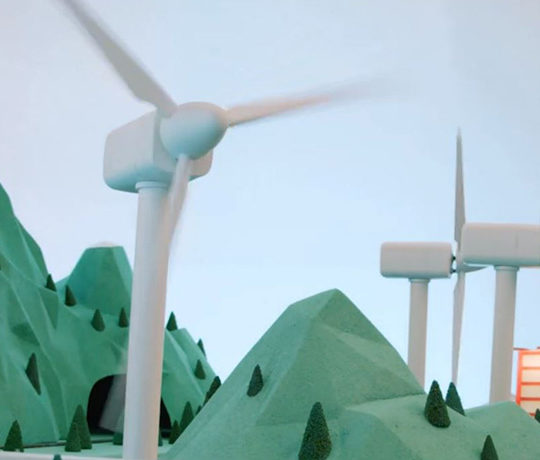 All Websites Should Feature Videos and Here’s Why
All Websites Should Feature Videos and Here’s Why 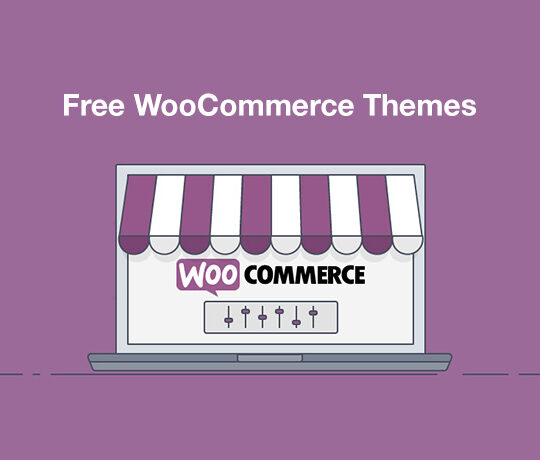 Top 16 Free WooCommerce Themes
Top 16 Free WooCommerce Themes 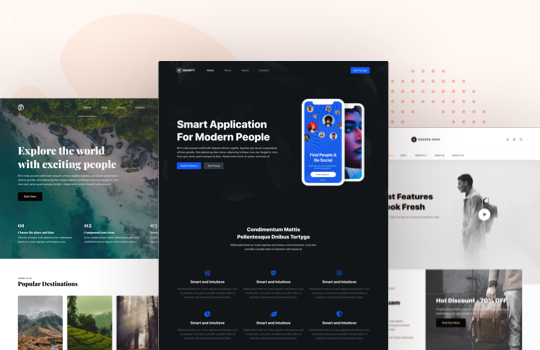 Top 25 Free WordPress themes from 2020
Top 25 Free WordPress themes from 2020  Black Friday 2019, Best Deals for Web Designers and Developers
Black Friday 2019, Best Deals for Web Designers and Developers
Richard Aug 22, 2017, 5:23 pm
I think it’s a bit short sighted when 6/7 tips are about website ‘speed’. The loading time of a website/page is only 1 point in terms for the interaction with the user and thus user-friendliness.
Scannable Text is an important one, good that it’s on the list. But what about font-size? A lot of designers fancy smaller font sizes, if you have a target audience that is a bit older your fonts should be bigger. Also a clear navigation is of great importance for a user friendly website. The end-user want to find what they are looking for and they want it ‘reasonably’ fast, they couldn’t care less about the ‘tech’ behind the website that makes it fast. A website that loads fast is not equal to a user friendly website.
Kevin Donnigan Aug 22, 2017, 10:50 pm
Great write up. There are some nice tips here. I wrote an in depth article called 16 Steps To Optimize and Speed Up WordPress Websites that greatly build on top of the tips you mentioned. They go hand-in-hand, you and your readers may be interested. Image compression is one of the biggest ones, especially when WordPress editors don’t have graphics editing software and such.